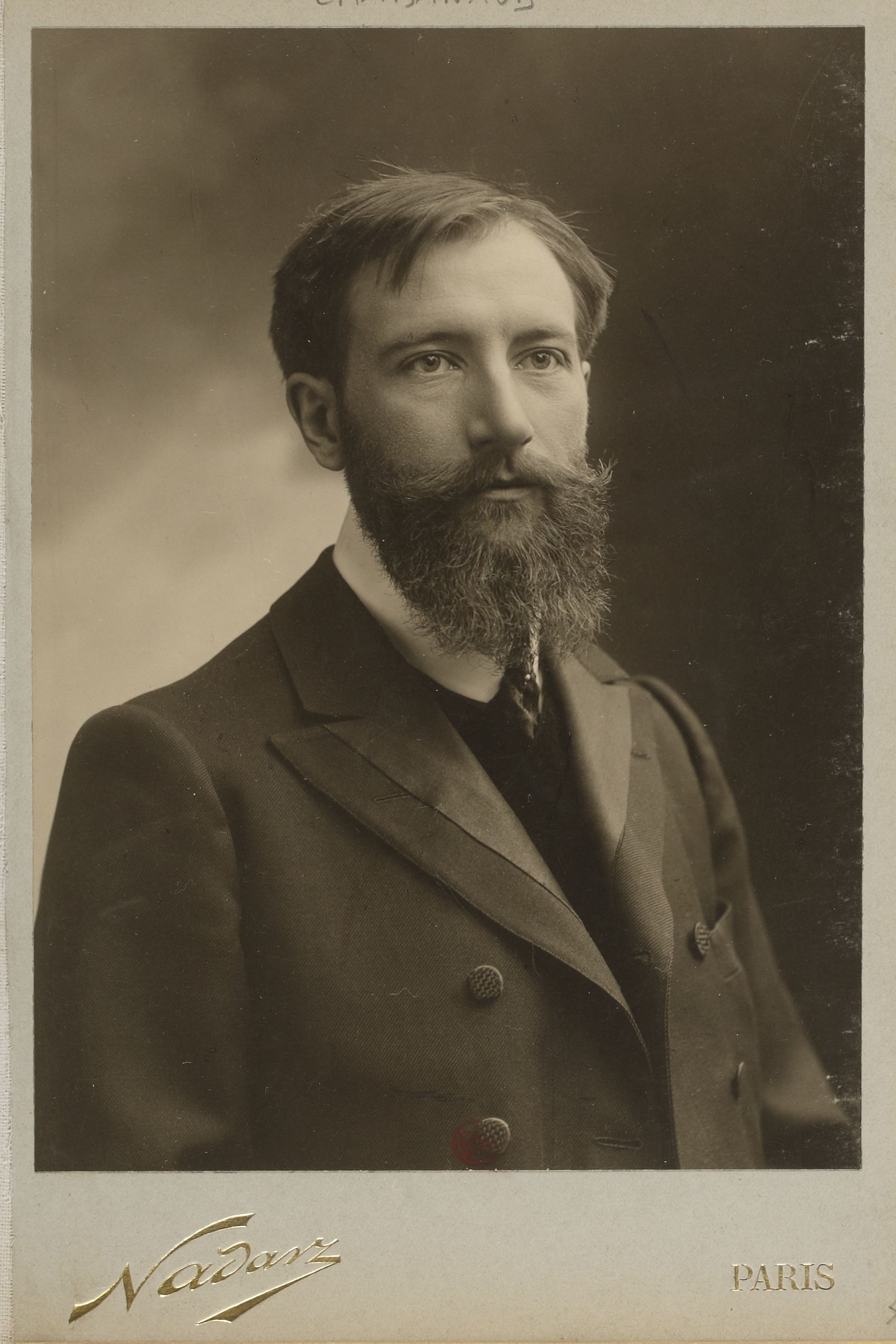|
Cynoglossus Browni
''Cynoglossus browni'', commonly known as the Nigerian tonguesole is a species of tonguefish. It is commonly found in Eastern Atlantic Ocean The Atlantic Ocean is the second-largest of the world's five oceans, with an area of about . It covers approximately 20% of Earth's surface and about 29% of its water surface area. It is known to separate the " Old World" of Africa, Europe ... off the coast of west Africa, from Senegal to Angola. It is found on soft substrates such as mud or sand between depths of 15m and 40 m. Its main food is small benthic invertebrates. References Cynoglossidae Fish described in 1949 {{Pleuronectiformes-stub ... [...More Info...] [...Related Items...] OR: [Wikipedia] [Google] [Baidu] |
Paul Chabanaud
Paul Chabanaud (30 November 1876, in Versailles – 27 February 1959) was a French ichthyologist and herpetologist. Beginning in 1915, he worked as a volunteer under zoologist Louis Roule at the ''Muséum National d'Histoire Naturelle'' in Paris. In 1919–1920, he undertook a scientific expedition to French West Africa (Senegal, Guinea) on behalf of the museum, during which he collected thousands of zoological specimens. Following his return to Paris, he served as a preparator in the laboratory of biologist Jean Abel Gruvel at the museum. He specialized in the anatomy and systematics of the flatfish (order Pleuronectiformes) and was the taxonomic authority of many herpetological and ichthyological species. [...More Info...] [...Related Items...] OR: [Wikipedia] [Google] [Baidu] |
Tonguefish
Tonguefishes are flatfish in the family Cynoglossidae. They are distinguished by the presence of a long hook on the snout overhanging the mouth, and the absence of pectoral fins. Their eyes are both on the left side of their bodies, which also lack a pelvic fin. This family has three genera with a total of more than 140 species. The largest reaches a length of , though most species only reach half that size or less. They are found in tropical and subtropical oceans, mainly in shallow waters and estuaries, though some species are found in deep sea floors, and even a few in rivers. ''Symphurus thermophilus'' lives congregating around "ponds" of sulphur at hydrothermal vents on the seafloor. No other flatfish is known from hydrothermal vents. Scientists are unsure of the mechanism that allows the fish to survive and even thrive in such a hostile environment. See also *List of fish families This is a list of fish families sorted alphabetically by scientific name. There are 525 ... [...More Info...] [...Related Items...] OR: [Wikipedia] [Google] [Baidu] |
Atlantic Ocean
The Atlantic Ocean is the second-largest of the world's five oceans, with an area of about . It covers approximately 20% of Earth's surface and about 29% of its water surface area. It is known to separate the " Old World" of Africa, Europe and Asia from the "New World" of the Americas in the European perception of the World. The Atlantic Ocean occupies an elongated, S-shaped basin extending longitudinally between Europe and Africa to the east, and North and South America to the west. As one component of the interconnected World Ocean, it is connected in the north to the Arctic Ocean, to the Pacific Ocean in the southwest, the Indian Ocean in the southeast, and the Southern Ocean in the south (other definitions describe the Atlantic as extending southward to Antarctica). The Atlantic Ocean is divided in two parts, by the Equatorial Counter Current, with the North(ern) Atlantic Ocean and the South(ern) Atlantic Ocean split at about 8°N. Scientific explorations of the A ... [...More Info...] [...Related Items...] OR: [Wikipedia] [Google] [Baidu] |


